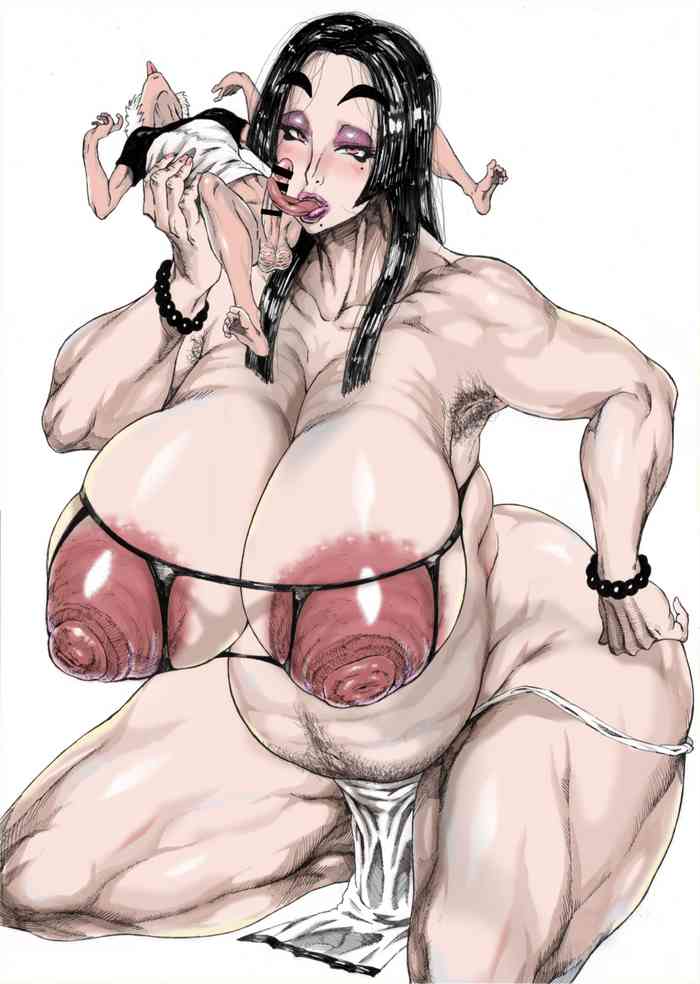
Best 5 Dilbert Comics to Explore in 2025
Overview of Dilbert Comics
Dilbert, created by cartoonist Scott Adams, has long been celebrated for its sharp humor and incisive commentary on workplace culture. As organizations evolve, so too does the relevance of Dilbert comics—retaining their punchlines while addressing modern office dynamics. In 2025, these comics continue to resonate with readers looking for both comic relief and insightful depictions of workplace absurdities.
The series expertly highlights the nuances of corporate life, from quirky interactions between employees and management to the trials of navigating office politics. With a blend of wit and sarcasm, Dilbert encapsulates the daily grind of professionals and captures the essence of miscommunication that many face.
This article explores five notable Dilbert comics that best illustrate these themes, showcasing how they reflect the peculiarities of modern work environments—from tech companies to remote workplaces.
Comic #1: The Absurdity of Meetings
Meetings can often devolve into an exercise in frustration—and no one captures this better than Dilbert. One comic strip humorously depicts a seemingly endless meeting, with characters reiterating the same points without resolution. This strip highlights the absurdity of corporate bureaucracy and employee struggles with productivity hurdles.
As remote work becomes more prevalent, the relevance of this comic extends to virtual meetings, portraying the often comical miscommunications that occur when colleagues are behind screens. It brilliantly illustrates how the quest for efficiency can become entangled in pointless discussions, leaving employees yearning for the real work to begin.
Such depictions serve as a reminder of the importance of effective communication and decision-making in team dynamics.
Comic #2: Employee Engagement Gone Awry
Another memorable Dilbert comic highlights the ways corporations attempt to boost employee morale through misguided initiatives. One comic strip features a clueless boss announcing a new “fun day” at the office, only to be met with collective eye-rolls. This strip resonates with many who have experienced corporate attempts at fostering team spirit that often fall flat.
By poking fun at these well-meaning yet misguided efforts, Dilbert reveals the importance of genuine employee engagement strategies within organizations. The humor in these situations provides insight into the disconnect between leadership and the workforce, illustrating the necessity of understanding employee experiences.
Comic #3: Manager Missteps
Dilbert's manager character epitomizes the archetype of leadership blunders, often making decisions that perplex his employees. One particularly humorous artwork shows the manager implementing a convoluted productivity plan based purely on corporate jargon, resulting in chaos. This comic strip highlights how miscommunication and lack of understanding can lead to workplace frustrations.
These ever-relatable strips remind readers that the ability to communicate clearly is one of the most vital skills for managers. They demonstrate that a lack of real-world understanding can foster resentment among employees, as clarity is crucial when discussing deadlines, responsibilities, and expectations.
Comic #4: The Quirks of Office Culture
In another classic Dilbert comic, characters grapple with the surreal aspects of office life, discussing everything from cubicle etiquette to eccentric co-workers. This comic humorously illustrates how different personalities interact under the stress of deadlines and workload.
Through clever caricatures, Dilbert captures the essence of life in a corporate setting—showcasing how humor can be found in the mundane. This comic serves not only as entertainment but also as a reflection on how interpersonal relationships shape office dynamics.
The series of interactions portrayed emphasizes the vital role that humor plays in fostering better work relationships and enhancing employee engagement.
Comic #5: Tech Culture and Innovation
Finally, the interaction between engineers and management in a tech-savvy workplace offers a rich vein for humor in Dilbert comics. One comic features an engineer trying to explain a complex project to a baffled boss, illustrating the classic disconnect in understanding workplace innovation.
As the gig economy and tech workplaces continue to evolve, this comic serves as a lighthearted commentary on the challenges faced in communicating creative ideas effectively. It encourages readers to appreciate the tensions that can arise between technical staff and non-technical management, making it relatable for both techies and the corporate crowd.
Conclusion and Reflection on Dilbert's Legacy
Dilbert comics persist in their relevance by deftly highlighting the humorous, and sometimes cringe-worthy, elements of professional life. From satirical takes on meetings to witticisms about corporate culture, these comics resonate widely across diverse readerships. They not only entertain but also offer insights into the quirks of employee experience, team dynamics, and managerial challenges.
As we anticipate what 2025 will hold for the world of work, embracing the humor in our daily interactions can foster a healthier work environment. With its unique blend of satire and insightful commentary, Dilbert remains a cornerstone of workplace humor, reminding us not to take ourselves too seriously in the hustle of corporate life.
 example.com/image2.png
example.com/image2.png
 example.com/image3.png
```
example.com/image3.png
```